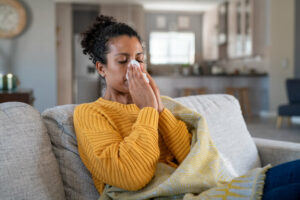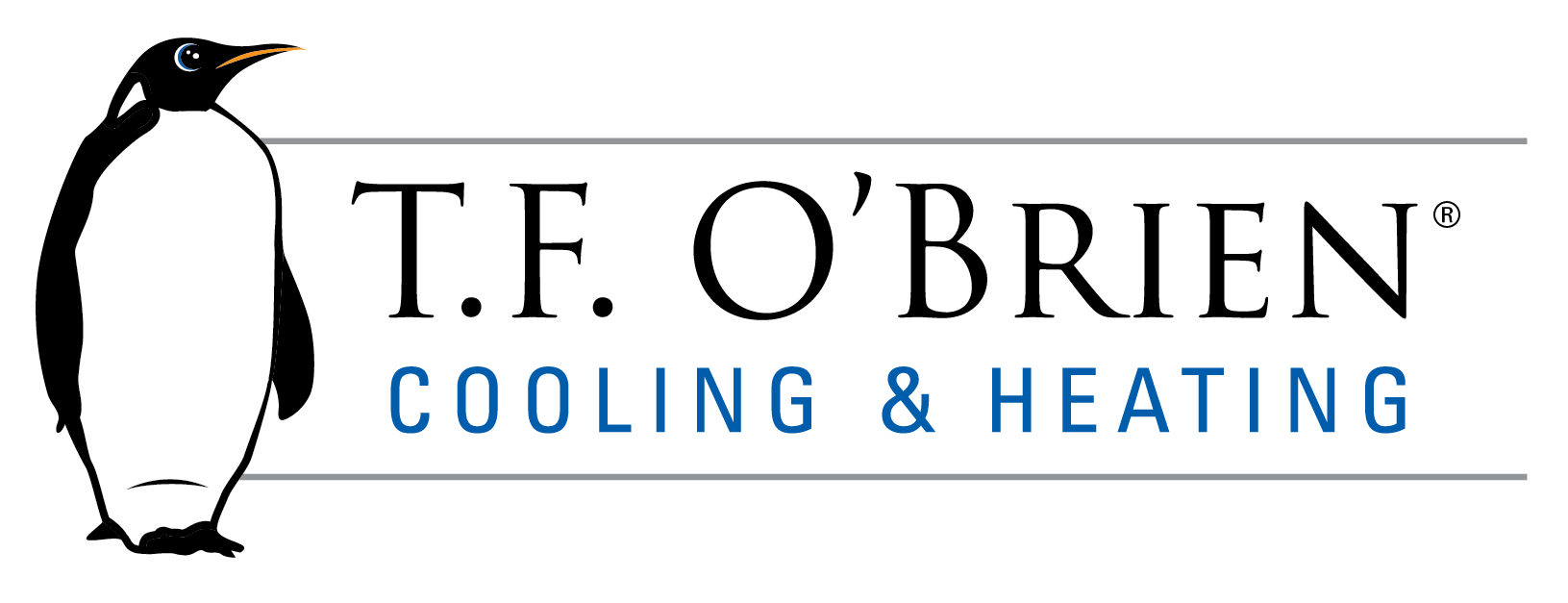 As the summer months end and the fall season arrives, many people start to think about everything autumn has to offer. Changing leaves, pumpkin patches, hayrides… and fall allergy season. While the fall season is definitely a beautiful time of year, it can also be a (literal) headache for people with allergies.
As the summer months end and the fall season arrives, many people start to think about everything autumn has to offer. Changing leaves, pumpkin patches, hayrides… and fall allergy season. While the fall season is definitely a beautiful time of year, it can also be a (literal) headache for people with allergies.
While it may be difficult to avoid those pesky allergens that can cause sniffling and sneezing in the great outdoors, there are a few things you can do to help keep the air in your home as clean as possible. In this article, we’ll talk about the most common allergens of the fall season, and give you some suggestions on how you can make your home more comfortable for you or other members of your family who suffer from seasonal allergies. Keep reading to learn more!
3 Common Late Summer/Early Fall Allergens
While there are many different things people can be allergic to, in the late summer and early fall months, some allergens are at their worst. Below, learn more about the three most common fall allergens, and how they might find their way into the air you breathe in your home:
- Mold: Late summer and early fall often provide ideal conditions for mold growth. Trees start to shed their leaves, but the weather remains warm and often damp during this time of year. The fallen leaves are a great place for mold to grow, and it’s easy to track mold spores inside. It’s a good idea to take off your shoes before entering the house, especially if you’ve been raking the leaves (or jumping into piles of them!) Because of the warm, damp conditions present in late summer and early fall, mold growth in your home can be abundant this time of year as well. Mold likes to grow anywhere where there is excess moisture and warmer temperatures, so bathrooms and basements are especially susceptible to mold and mildew.
- Ragweed: Ragweed pollen is actually the biggest culprit when it comes to late summer/early fall allergies. Ragweed pollen is abundant this time of year, and it can go the distance – it has been found 400 miles out to sea, and one ragweed plant can produce billions of pollen grains. As you can see, ragweed pollen is largely unavoidable, but there are a few measures you can take to keep it out of your home as much as possible. First, check the weather reports daily. On high-pollen days, keep the windows of your home shut. Make sure to remove any footwear and outerwear before entering your home. If you’ve spent a lot of time outdoors, consider showering before bed so you remove any pollen that might have settled into your hair.
- Weed Pollens: Ragweed isn’t the only weed out there rearing its head during this time of year. Pollen from sheep’s sorrel, pigweed, mugwort, and Russian thistle (commonly known as tumbleweed) can all cause problems for people who suffer from seasonal allergies. The best way to keep this pollen at bay is to follow the same protocol you would for ragweed pollen.
How do indoor air quality products help with these types of allergens?
Fortunately, there are many indoor air quality, or IAQ, products available that can help remove allergens from the air inside your home. They work in different ways to clean your home’s air and can work separately or in tandem depending on your particular IAQ concerns.
- Air Purifiers: Whole-home, in-duct air purification systems are highly effective at removing a number of particulates from your indoor air. Using ionization, purifiers reduce airborne particles, like dust, dander, pollen, and mold spores – making them an ideal solution for allergy sufferers. Because they function within the ductwork of an existing central cooling and heating system, they can effectively clean the air throughout your entire home. Additionally, these types of air purifiers also kill up to 99 percent of bacteria, viruses, and mold, and that can help you and your family enjoy much healthier indoor air.
- Air Sterilization: If mold is the primary concern in your home, then you may want to consider air sterilization. Mold can reproduce very quickly in the ductwork of your home. When air circulates through the ducts, the mold is dispersed throughout your home – which creates a very uncomfortable scenario for those with mold allergies. Using ultraviolet (UV) germicidal light, air sterilization can effectively kill mold and bacteria in your home’s air.
- High-Efficiency Filters: While all HVAC systems have some type of filter, the basic filters in most systems only remove a small percentage of particulates from the air that passes through them. Nowadays, there are many different types of filters available that can effectively reduce the particles that trigger allergies, asthma, or other breathing problems. There are even filters available for home use that provide hospital-level air filtration.
Can T.F. O’Brien help me with my indoor air quality concerns?
At T.F. O’Brien, your comfort is always our top priority, and that goes beyond making sure your home is at a comfortable temperature. We want to help you get the products you need to enjoy fresher, healthier indoor air. If you’re interested in learning more about ways indoor air products can help to improve the comfort and health of your home, just call T.F. O’Brien at 516.488.1800. We can’t wait to tell you about the many ways you can breathe easier!
